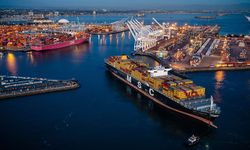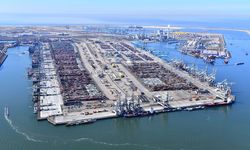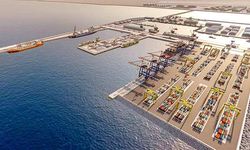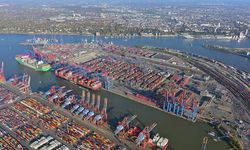Last year, container throughput in Hong Kong dropped by 14 percent to 14.3 million twenty-foot equivalent units (TEUs), making it the largest percentage decrease among the world's major ports.
Presently, Hong Kong stands as the 10th-largest port globally by volume, closely trailing Malaysia's Port Klang, which saw a 6.4 percent increase in volumes last year, according to maritime consultancy Drewry.
Once renowned for its deepwater port in the Pearl River Delta, Hong Kong served as a vital trading hub for the greater China region. However, with manufacturers shifting operations to mainland China and rising competition from other Chinese ports, Hong Kong's port has witnessed a decline in volumes.
Analysts attribute this decline to shippers favoring mainland China's facilities over Hong Kong, which requires transshipment of goods manufactured in the delta region via barge, small container ship, or road.
Tim Huxley, chair of Hong Kong-based shipping investment company Mandarin Shipping, noted that the city's port is no longer the primary gateway to southern China, as other ports in the Greater Bay Area now cater to manufacturers in the region.
An agreement between Maersk, Hapag-Lloyd, and Shenzhen's Yantian port to shift cargo away from Hong Kong underscores this trend. Ports in Shenzhen and Guangzhou have invested in deepwater terminal facilities, enabling carriers to bypass Hong Kong.
Factors contributing to last year's drop in Hong Kong's throughput include improved capacity and capability of terminals in Guangzhou and Shenzhen, allowing carriers to circumvent the territory, according to Drewry's senior analyst of ports and terminals, Eleanor Hadland.
Hutchison Ports Holdings Trust, Hong Kong's major port operator, highlighted a structural change in shippers' preferences for direct shipment in China rather than vessel-to-vessel transshipment through Hong Kong. Competitors in the Greater Bay Area offering lower prices due to government incentives further intensify the competition.
Of the six other Chinese ports in Drewry's top 10, five reported an increase in container throughput last year. Meanwhile, Hong Kong faces mounting competition from ports in Southeast Asia as manufacturers diversify production outside of China.
Singapore, the world's second-busiest port after Shanghai, has particularly benefited from this trend, with increased production in Southeast Asia, notably in Vietnam.
While China remains a dominant producer across industries with unmatched production and transport infrastructure compared to most Southeast Asian countries, Hong Kong's port continues to grapple with stiff competition and declining volumes.






